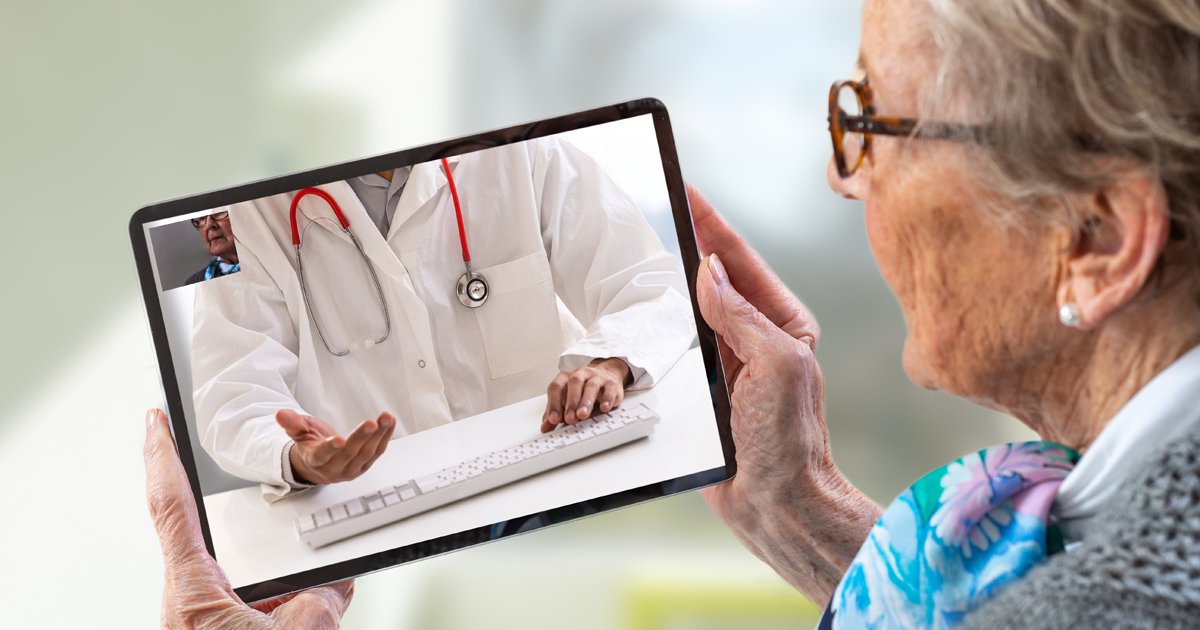Patients with allergy welcome telemedicine, but allergist uptake is low
HOUSTON — Although most patients with allergy are receptive to the idea of telemedicine, some allergy practitioners are not, according to several presentations at the American College of Allergy, Asthma and Immunology Annual Scientific Meeting.
Mary Nguyen, MD, a fellow at Children’s Mercy Hospital in Kansas City, Missouri, said of 299 pediatric allergy/immunology patients surveyed, 63% were as satisfied with telemedicine as they were with in-person visits, 37% were more satised and no patients were less satised.
“The distance the patient would have had to travel to the office and the convenience telemedicine provided were the most common reasons for patient satisfaction,” Nguyen told attendees. She added that patients enjoyed a shorter wait time for an appointment using telemedicine.
However, widespread acceptance of the technology among allergists and immunologists remains limited, according to Jennifer Shih, MD, AAP, the medical director of allergy and immunology clinics at Emory University.

Her presentation included data that show only 6.1% of allergists and immunologists use telemedicine to interact with their patients, making it one of the medical specialties least likely to use the technology.
In a separate presentation, David M. Lang, MD, chairman of the department of allergy and clinical immunology at Cleveland Clinic, offered pointers to help attendees start offering telemedicine to their patients.
“View it as a component of providing an integrated care approach for your patients,” he said. “Develop a strategy on how to incorporate telemedicine into your practice and assess the potential for improving outcomes and patient satisfaction among patients with chronic conditions, residing in remote locations, and/or complex conditions.”
Lang also mentioned findings from a study of penicillin-allergic inpatients who underwent skin testing by a trained physician assistant and then had a telemedicine consultation. He said 33 of the patients who tested negative switched to penicillin, saving more than $30,000.
But telemedicine is about more than just saving money, Lang continued.
“Telemedicine holds the potential for transforming medicine by improving access to medical care and providing a more affordable way of delivering care,” he said. “Based on consumer demand, ongoing technologic advances and desire for greater practice efficiency, the demand for telemedicine will continue to increase.”
Lang added that “looming areas for growth” in telemedicine include chronic disease management of asthma, chronic urticaria and common variable immunodeficiency; care for patients in rural areas; practicing medicine beyond direct-to-consumer models; and extending care for hospitalized patients and complex patients. – by Janel Miller
References:
Lang DM. The future of telemedicine. American College of Allergy, Asthma and Immunology Annual Scientific Meeting; Nov. 7-11, 2019; Houston.
Nguyen M, et al. Telemedicine and patient satisfaction in allergy and immunology. American College of Allergy, Asthma and Immunology Annual Scientific Meeting; Nov. 7-11, 2019; Houston.
Shih J. Facilitated telemedicine as virtual visits. American College of Allergy, Asthma and Immunology Annual Scientific Meeting; Nov. 7-11, 2019; Houston.
Disclosures: Lang reports receiving honoraria, carrying out clinical research and/or serving as a consultant for AstraZeneca, Genentech, Hycor and Novartis. Shih reports serving on advisory boards for Takeda and Teva. Healio Primary Care was unable to confirm Nguyen’s relevant financial disclosures prior to publication.

